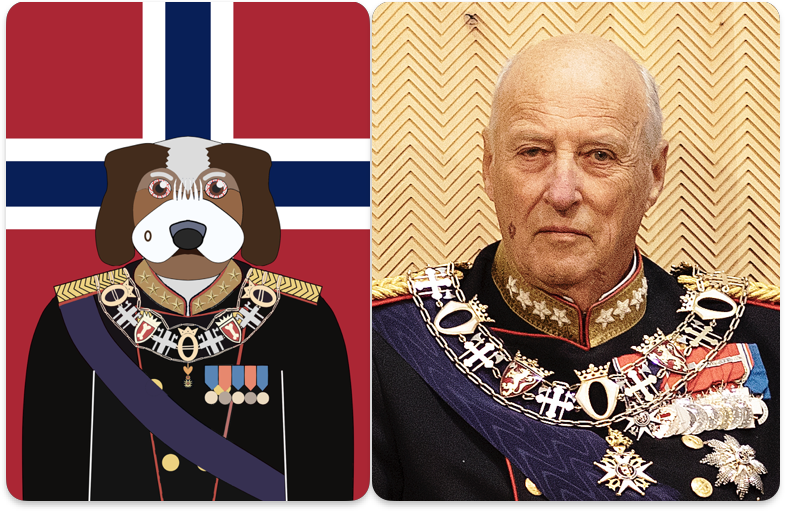 The Hobbit
The Hobbit by
J.R.R. TolkienMy rating:
4 of 5 starsThe inspiration for a Rankin-Bass animated television film and a film trilogy by Peter Jackson, J.R.R. Tolkien’s prelude to his Lord of the Rings trilogy opens with the halfling protagonist Bilbo Baggins living peacefully in his home at Bag End when the enigmatic wizard Gandalf uses the eponymous character’s home to host a party attended by a company of dwarves led by Thorin Oakenshield, who seeks to reclaim his mountain from the dragon Smaug. Bilbo is invited to come along as the dwarves’ “burglar”, although his adventurous maternal Took lineage and his homely Baggins side clash in this respect.
Bilbo does agree to go along, with he and the dwarven company promptly encountering danger on their way to the Lonely Mountain, first in the form of trolls that Gandalf tricks into fighting one another. Following a respite at the home of the elf Elrond, they go into a mountain range chased by a storm, with Bilbo separated from the dwarves once they seek refuge in a cave. The fifth chapter is what Tolkien changed the most in future versions of the book since its conception, largely with respect to the One Ring that would be significant in the Lord of the Rings trilogy.
The owner of the ring is a creature named Gollum, with whom Bilbo exchanges riddles, although the hobbit breaks the rules by asking him what he has in his pocket, after which he is shown the way out of the mountain caves, the halfling making use of the ring’s power of invisibility to deter the creature’s revenge upon finding his “precious” lost. Bilbo reunites with the dwarves and Gandalf on the other side of the Misty Mountains, although the lupine Wargs attack, the forest afterward is set ablaze, and eagles come to the company’s rescue.
After another respite at the abode of the enigmatic Beorn, the company encounters spiders in the Mirkwood, although Thorin goes missing, imprisoned by the Elvenking, along with the remainder of the dwarves. Bilbo, utilizing his ring’s powers, helps them escape via barrels sent down a river, after which they arrive at the lakeside town of Esgaroth. The party eventually arrives at the Lonely Mountain, with Bilbo figuring out a secret passage to enter the dragon Smaug’s lair, and parleying with the beast, although he and the dwarves find themselves prisoners of the peak.
After they do escape, the dragon attacks the lake town, with its inhabitants wanting the human hero Bard as their ruler over the avaricious Master. Bilbo giving Bard the Arkenstone, a prized heirloom of Thorin, incites the Battle of Five Armies fought among the goblins, Wargs, humans, elves, and dwarves, ending with the arrival of the eagles and Bilbo being knocked unconscious. The book end’s with Bilbo’s return journey alongside Gandalf, where he finds that his neighbors had thought him deceased, and thus hocked much of his possessions. Luckily, Bilbo did get a portion of Thorin’s treasure.
Overall, Tolkien’s Lord of the Rings prelude is a quick, enjoyable read, easily superior to and less dense than its more daunting successors, and I definitely found myself empathizing with Bilbo, given a clash between my adventurous side and homebody portion. As would be the case with the subsequent Lord of the Rings books and the various fantasy yarns the book would inspire, however, Tolkien depicts certain races in black-and-white terms, with there being no “good” goblins, Wargs, or whatnot, while the dwarves and humans are inherently lawful. Regardless, The Hobbit is definitely a bucket-list book.
View all my reviews







